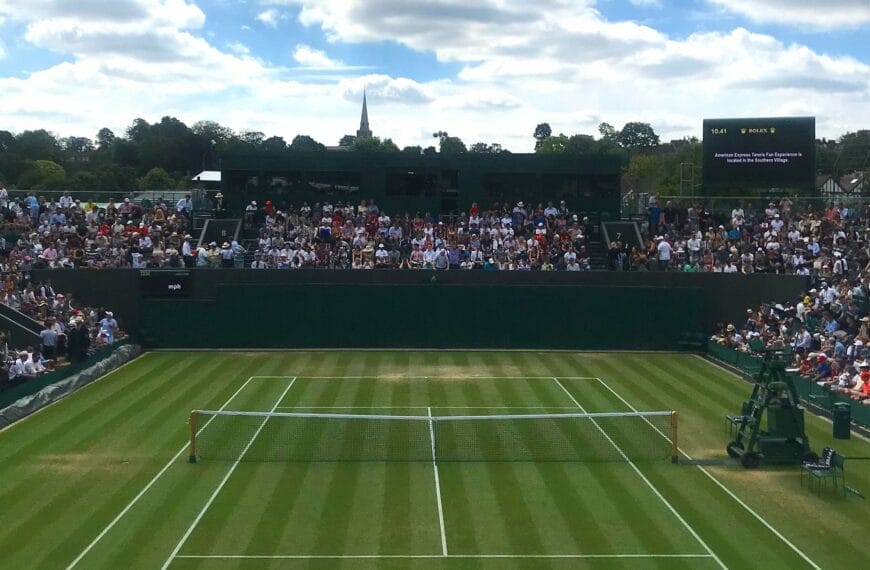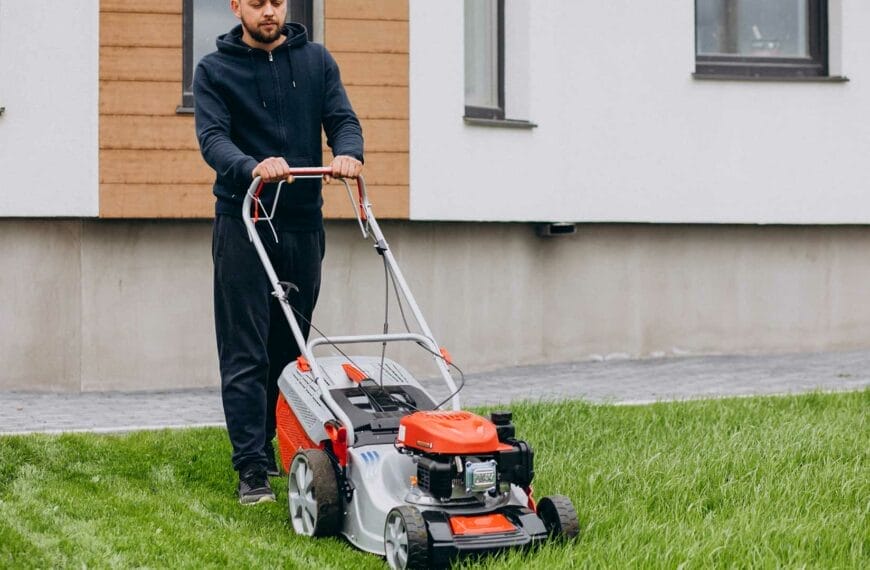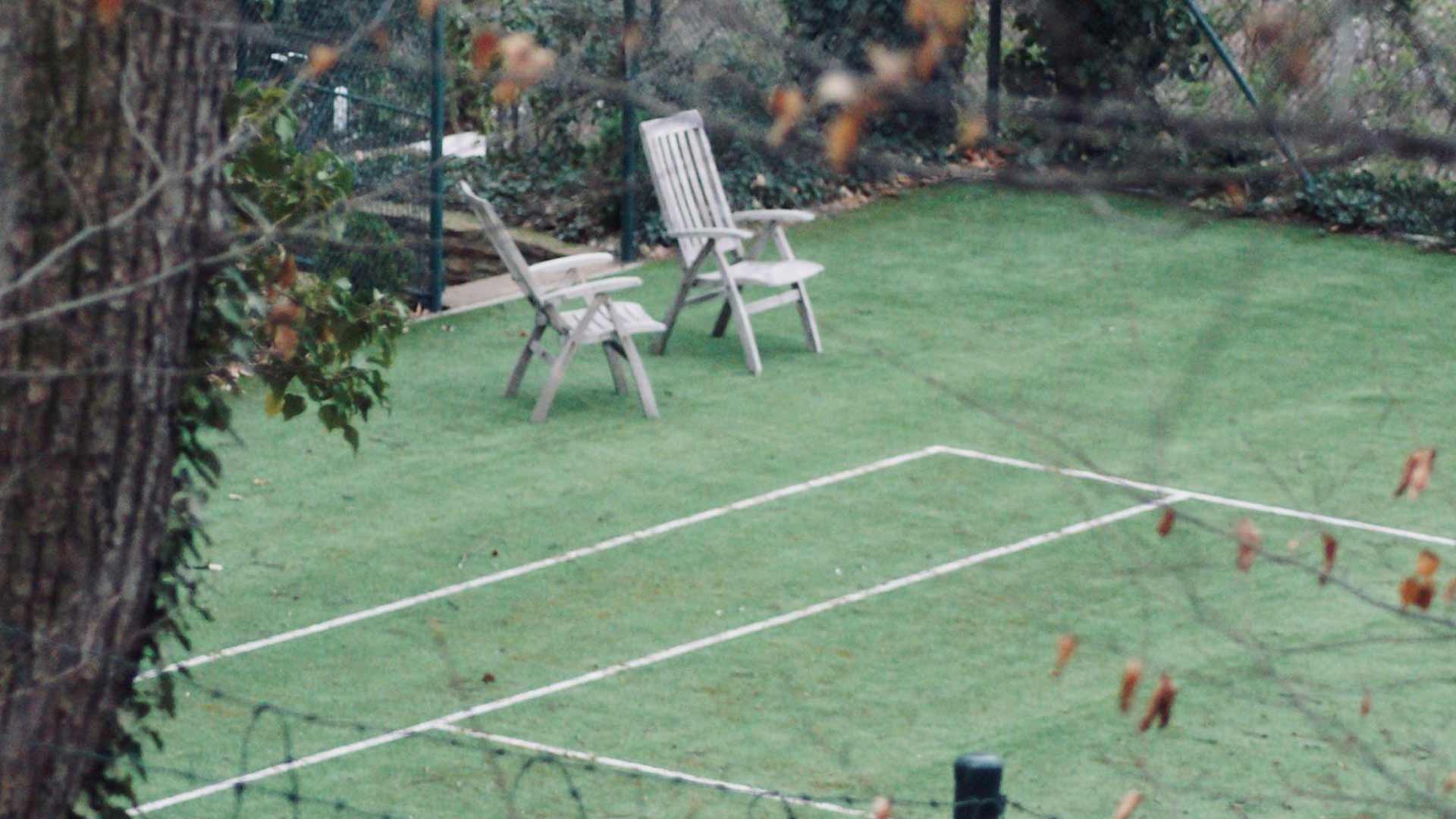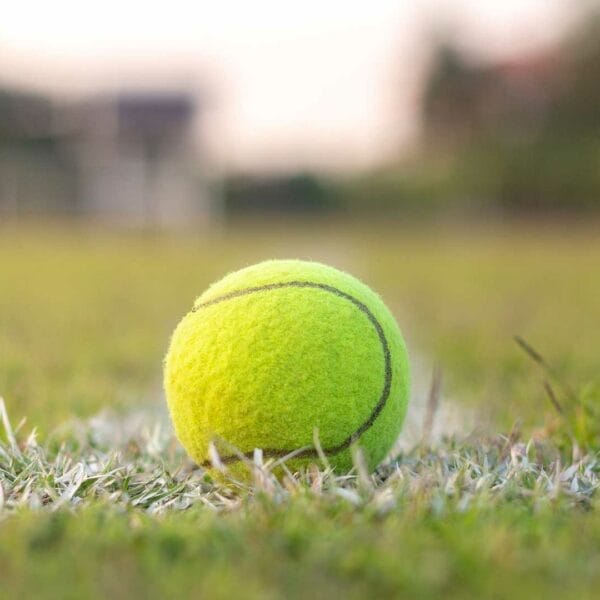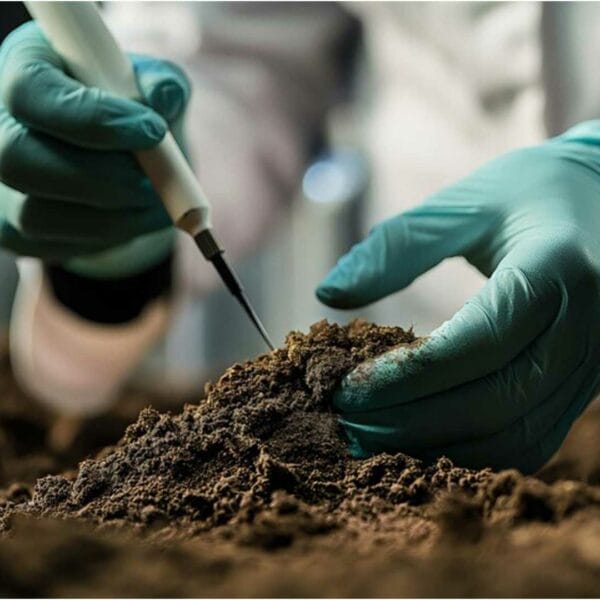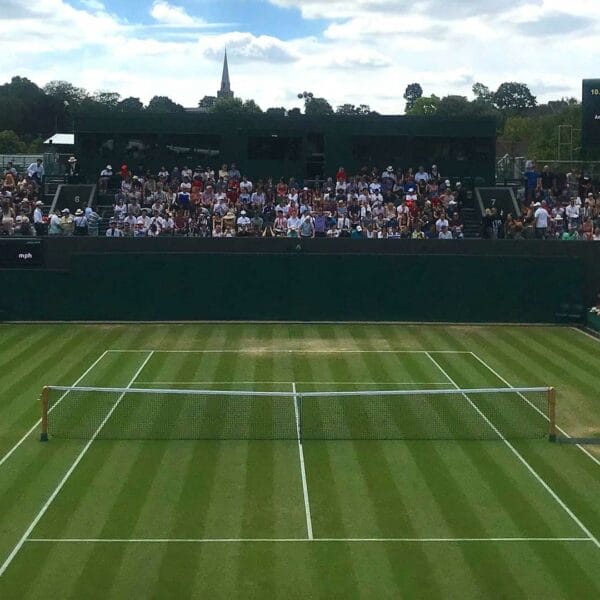Grass tennis courts are the crown jewel of any tennis club, offering an unmatched surface for play that demands both skill and strategy. However, maintaining these courts is no small feat; it requires meticulous care and attention to detail. Contrary to popular belief, grass courts are not just about keeping the grass green. The real challenge lies in ensuring their durability and playability through a series of well-planned upgrades and consistent maintenance practices. Let’s delve into the specifics and uncover what upgrades improve grass court durability.
Upgrades for Grass Court Durability
Discover effective upgrades to enhance the durability of grass courts. – Mowing and Rolling: Regular mowing and rolling help maintain an even surface, promoting healthy grass growth and reducing wear. – Irrigation and Fertilization: Proper irrigation techniques and balanced fertilization improve root strength and resilience, ensuring the grass can withstand heavy play. – Aeration and Topdressing: Aeration relieves soil compaction, while topdressing adds nutrients and enhances drainage, both crucial for maintaining a robust grass court.
Mowing
The art of mowing is fundamental to the upkeep of grass tennis courts. The height of the grass significantly affects the speed and bounce of the tennis ball, making mowing a crucial aspect of court maintenance. For optimal play, the grass should be kept between 8mm and 10mm. Frequent mowing, ideally three to four times a week during the growing season, is required to maintain this standard.
Modern mowing techniques, such as the use of cylinder mowers, can greatly enhance the quality of the cut. Cylinder mowers provide a clean, precise cut which is gentler on the grass, promoting healthier growth and reducing the risk of disease. This not only aids in the aesthetic appeal of the court but also extends its longevity.
Insider Tip: According to experts at the All England Lawn Tennis and Croquet Club, alternating mowing directions can prevent soil compaction and promote uniform grass growth.
Rolling
Rolling is another critical maintenance task that affects court performance. By compacting the soil, rolling ensures a firm, even playing surface, which is crucial for consistent ball bounce. However, this practice must be done with care to avoid over-compaction, which can damage the grass roots and soil structure.
The frequency of rolling depends on weather conditions and the level of play. During the playing season, rolling should be done at least once a week to maintain firmness. Utilizing the right equipment, such as a lightweight roller, can mitigate the risk of over-compaction and keep the grass in optimal condition.
Irrigation
Water is life, and for grass courts, effective irrigation is the key to lush, vibrant playing surfaces. An efficient irrigation system ensures that water is evenly distributed across the court, preventing dry patches and excessive water retention. The goal is to maintain soil moisture levels that support healthy grass growth without leading to waterlogging.
Smart irrigation systems, like those with automated timers and moisture sensors, can optimize water use, adjusting to weather conditions and reducing waste. This not only conserves water but also ensures that the grass remains resilient and durable throughout the season.
Insider Tip: The United States Tennis Association recommends scheduling irrigation early in the morning to minimize evaporation and fungal growth.
Fertilization
Fertilization is the nourishing backbone of grass court maintenance. A well-balanced fertilizer program provides essential nutrients, such as nitrogen, phosphorus, and potassium, which promote robust grass growth and enhance the court’s resistance to wear and tear.
Fertilizer should be applied in a phased manner, with adjustments based on seasonal growth patterns and soil testing results. Slow-release fertilizers are particularly beneficial as they provide a steady nutrient supply, minimizing the risk of nutrient leaching and promoting sustainable growth.
Topdressing
Topdressing involves the application of a thin layer of sand or soil mix over the grass surface. This practice improves soil structure, enhances drainage, and helps level the surface for consistent play. It also aids in integrating organic matter into the soil, enriching it and supporting healthy grass growth.
The choice of topdressing material is critical. A sand-soil mix that matches the existing court profile is ideal to avoid layering issues. Regular topdressing, combined with aeration, can significantly boost the durability of grass courts, making them resilient to heavy play.
Aeration
Aeration is a vital process that involves perforating the soil to allow air, water, and nutrients to penetrate the grass roots. This practice mitigates soil compaction, enhances root growth, and improves overall court drainage. Aeration is typically done using hollow-tine or solid-tine machines, depending on the soil condition and level of compaction.
Regular aeration, especially in spring and autumn, is essential for maintaining grass court health. It promotes a robust root system that can withstand high traffic and adverse weather conditions, thereby extending the court’s lifespan.
Insider Tip: Turfgrass experts suggest combining aeration with overseeding to fill any bare patches and maintain a dense, even grass cover.
Weed Control
Weeds are the arch-nemesis of a pristine grass court. They compete with the grass for nutrients, water, and sunlight, potentially disrupting the playing surface. Effective weed control is pivotal in preserving the integrity and aesthetics of the court.
Integrated weed management strategies, which include mechanical removal, cultural practices, and selective herbicides, offer the best approach. Regular monitoring and prompt action can prevent weeds from establishing a foothold, ensuring the grass remains dominant.
Disease Control
Grass diseases can quickly deteriorate court quality if not promptly addressed. Common issues include fungal infections like dollar spot and red thread, which thrive in moist, poorly drained conditions. Disease control involves a combination of cultural practices and chemical treatments.
Maintaining proper soil drainage, reducing thatch, and ensuring balanced fertilization are effective preventive measures. When chemical control is necessary, fungicides should be applied judiciously, following expert recommendations to avoid resistance development.
Insider Tip: Regular soil testing can help identify nutrient deficiencies that may predispose the grass to disease.
Insect Control
Insect infestations pose a significant threat to grass courts, as pests like grubs and chinch bugs can damage roots and undermine turf health. Integrated pest management (IPM) is the most effective strategy, combining biological, cultural, and chemical controls.
Regular inspections and early detection are crucial in managing insect populations. Biological controls, such as beneficial nematodes, can provide sustainable solutions without harming the environment. When chemical treatments are necessary, they should be targeted and minimally disruptive.
Playability
Ultimately, the success of grass court maintenance is measured by playability. A well-maintained court offers consistent ball bounce, optimal speed, and a smooth, even surface that enhances the player experience. Achieving this requires a holistic approach, integrating all aspects of maintenance with a focus on quality and sustainability.
Regular playability assessments, including player feedback and performance metrics, can guide maintenance practices, ensuring continuous improvement. By prioritizing playability, clubs can not only satisfy current members but also attract new enthusiasts to the timeless charm of grass court tennis.
Insider Tip: Collaborating with grass court construction experts can provide valuable insights into optimizing court design and maintenance practices for better playability.
Conclusion
Maintaining a grass tennis court is an art that combines science, diligence, and passion. It’s about more than just keeping the grass green; it’s about creating a surface that stands the test of time and provides an exceptional playing experience. By investing in the right upgrades and adhering to meticulous maintenance practices, clubs can significantly enhance the durability of their grass courts. This commitment not only preserves the legacy of grass court tennis but also ensures its future for generations to come. For those dedicated to the craft, the beauty of a well-maintained grass court is its own reward. Visit our ultimate guide to grass court maintenance for more in-depth insights on preserving these cherished playing fields.
Questions
Q: What types of upgrades enhance grass court durability?
A: Upgrades like improved drainage systems and reinforced turf can help.
Q: Who benefits from upgrading grass court durability?
A: Tennis clubs and facilities benefit from durable grass courts for players.
Q: How can I improve my grass court’s durability effectively?
A: Regular maintenance and the installation of quality turf are essential.
Q: What materials are best for durable grass court upgrades?
A: High-quality grass varieties and resilient drainage materials are ideal.
Q: Why should I invest in upgrades for grass court durability?
A: Investing in upgrades reduces long-term maintenance costs significantly.
Q: Can I maintain my grass court without making upgrades?
A: While possible, upgrades greatly enhance durability and reduce repairs.


